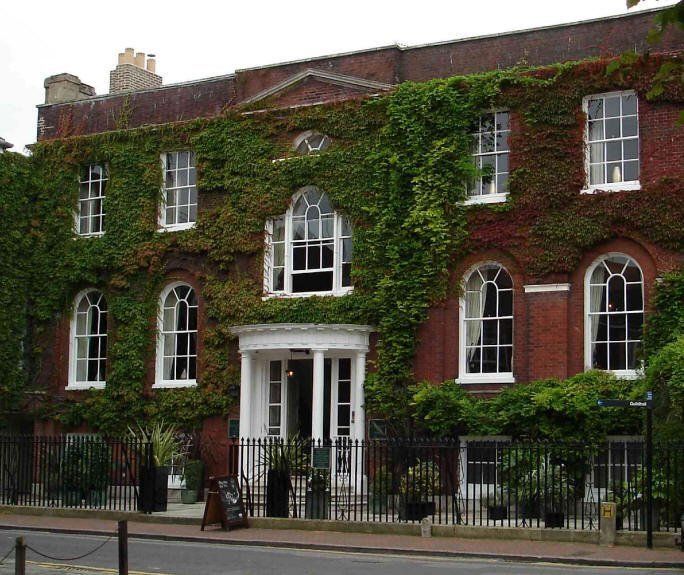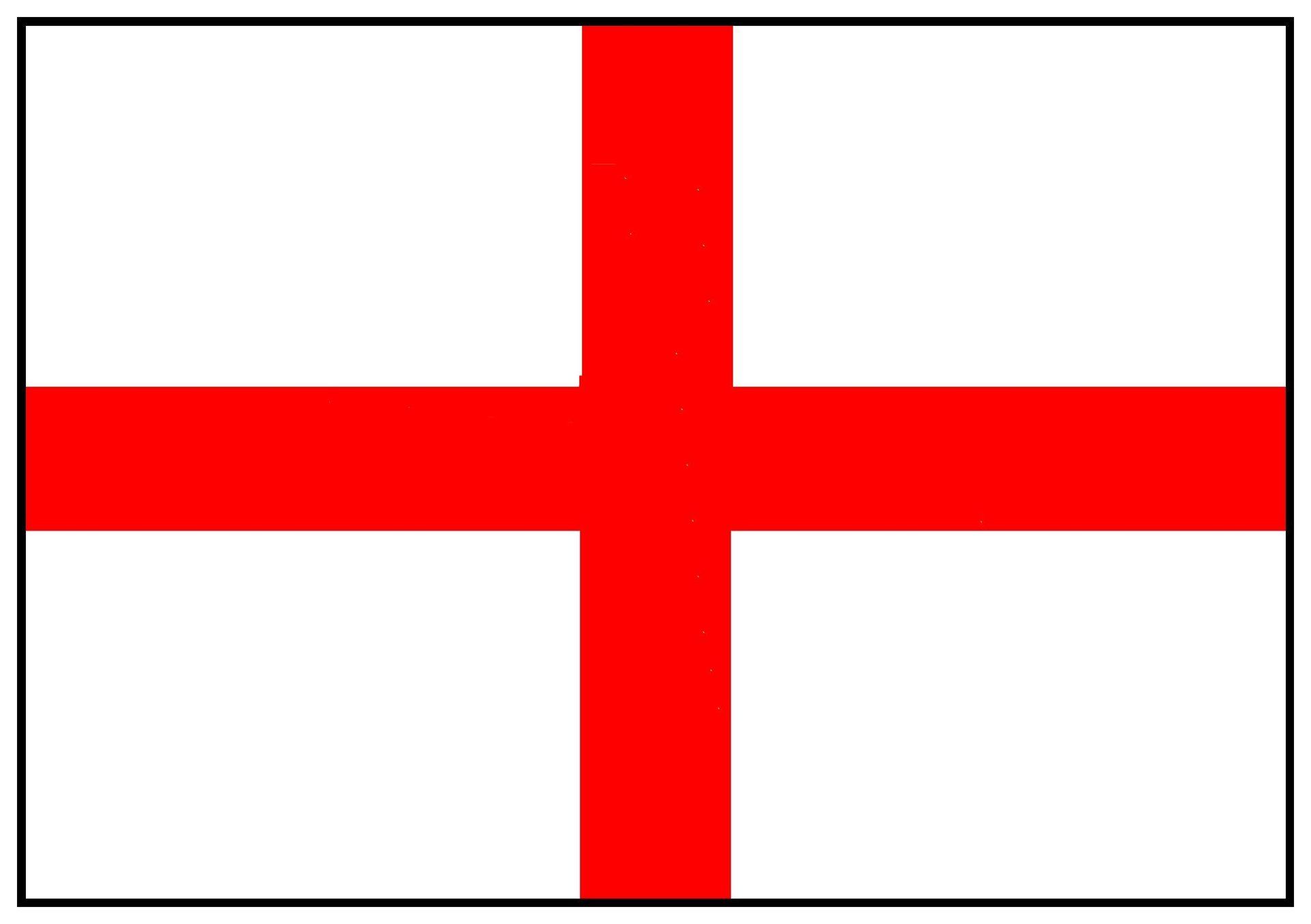THE ENGLISH IN NEWFOUNDLAND

Painting of Benjamin Lester's premises at Trinity Harbour. Lester's house can be seen in the centre behind the warehouses.
- Beginning in the 18th century English men and boys from the south west of England went regularly to Newfoundland on shor t term contracts to work in the cod fishery. They were employed by English merchants who bankrolled the entire operation. Some fishermen remained behind, thus contributing to Newfoundland's early population. Where they settled was entirely determined by the demands of the cod fishery.

Mansion House in Thames Street, Poole, Dorset. Benjamin Lester's Poole residence. Lester made a fortune from the Newfoundland cod trade.
• Because Devon, Dorset, Somerset and Hampshire were the main English counties from which fishermen were recruited, they supplied most immigrants to the Island. Unlike the great surge in Irish immigration that had occurred between 1811 and 1815, the English influx was gradual. A combination of temporary and permanent communities, together with the natural increase in the already-settled population, caused the best fishing harbours in the so-called "Old English Shore" on the south east of the Island gradually to fill up with English inhabitants.
• Newfoundland ended up as Canada's most English province. The 1991 Census records that a staggering 82 % of the population claimed to have some English ancestry, although most of the influx occurred long before Newfoundland had officially-recorded immigration statistics. The province continues to honour St. George, England's patron saint, by declaring a public holiday on April 23rd (St. George's Day). This event passes by almost unnoticed in England.
For further details see Planters, Paupers and Pioneers,
Lucille's book about Atlantic Canada.

